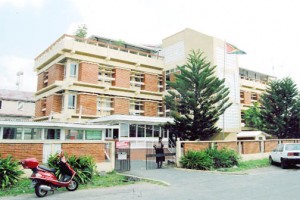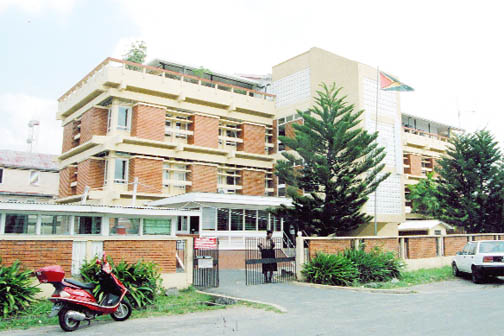Scheme may now get the clout it seeks to go after defaulting businesses
As the amount owed to the National Insurance Scheme (NIS) tops half a billion dollars, a usually reliable source has told this newspaper that “some recent movement has taken place to implement some of the recommendations contained in last year’s NIS reform report to forestall any problems similar to those affecting CLICO (Guyana).
The source told Stabroek Business that while the Scheme probably had “enough liquidity to meet contributor claims for several years,” the government was clearly concerned that it might eventually be left in a position where it might be required to “cover” payments of benefits to contributors if the present regime of payment delinquency is allowed to continue. And the source added that “in the light of the CLICO situation” moves by the government to ‘tighten up” on the payment of employee NIS contributions could materialize “in a matter of weeks.” CLICO (Guyana) – recently placed under judicial management – is holding $6B in funds for the NIS. Those funds may not be available for some time. The government has said that no depositor in Clico (Guyana) will lose funds meaning that the government will have to bail-out the institution where its assets are insufficient to cover liabilities.

The source told Stabroek Business that “one is under the impression that the Board and the management of the NIS had been recently instructed to speed up the implementation of the recommendations in the reform report that give the Scheme the power to go after defaulters more aggressively.” And according to the source the NIS is “keen to go after several prominent business houses” that have been adrift in their employee contributions for several years.
Asked which particular recommendations contained in the reform report were likely to be implemented quickly, the source said that it was likely that whatever was done would seek to provide the Scheme with greater flexibility in “going after” defaulters. The source said that it was envisaged, for example, that the NIS may be seeking the support of the Guyana Revenue Authority (GRA) insofar as the GRA may be required to enquire into the status of persons’ NIS compliance before providing them with certain services including the issuance of licences. Asked whether the proposed new regime could make the courts more supportive in terms of hastening judgments against defaulters the source said that that was a matter on which the system itself has to make a determination. “In my opinion, however, the government itself could have done a great deal more over the years – and can do more even at this stage – to put pressure on defaulting businesses to pay up.”
Meanwhile, the source said that much of the more than $500m in outstanding contributions was “probably not recoverable” since a number of the defaulters are now out of business while others simply do not have the money to pay. The source said that this loss of revenue to the Scheme was the result of the failure of “both the government and the NIS administration” to take earlier action to address the problem.
Meanwhile, the source told Stabroek Business that while NIS contributors may not be in any immediate danger of having their claims rejected based on the non-payment of contributions by employers, discrepancies in their payment records will inevitably lead to long delays in benefit collection. The source said that while under the previous General Manager the NIS would usually make the payment and move to update the contribution records after the benefit was paid, the current administration was more inclined to make the contributor wait until the records were updated.

